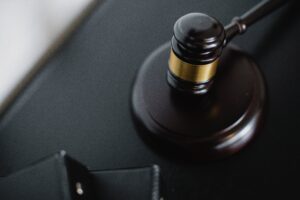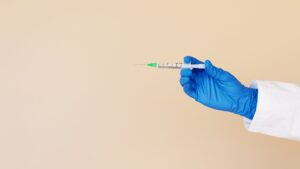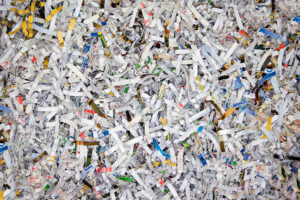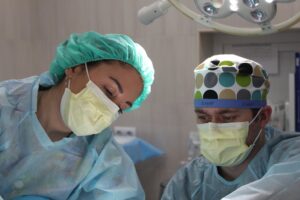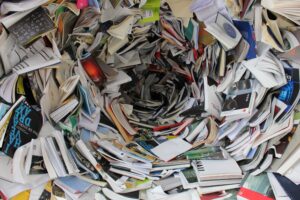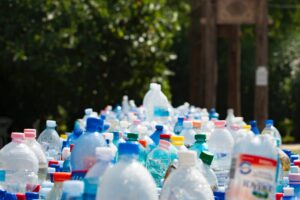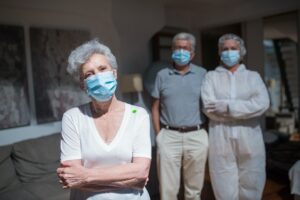Not all Sharps usage is within medical facilities. While household Sharps such as syringes, needles and pen needles are commonly utilized across the country, the disposal of them vary depending on which state a patient lives in. Most states allow residents to dispose of their Sharps at home, as long as they are stored in a solid container as recommended by the FDA. For states that don’t allow the disposal of Sharps at home, such as California, residents are required to take their sharps to an authorized Sharps collection center.
The Use and Hazard of Household Sharps
Home generated Sharps can include needles, syringes, insulin shots, pen needles, and any other contaminated material that has the ability to puncture. Needles and syringes are the most common household sharps. If not disposed of correctly, they can endanger family members, neighbors, and sanitation workers.
Even when residents are allowed by state law to dispose of their Sharps in the comfort of their own home, the wrongful disposal of used syringes is still prominent. Flushing them down the toilet, for example, poses a great safety hazard to the public. Flushed sharps are hard to remove at water treatment plants and can end up in oceans and on beaches as pollution.
For States That Allow At-Home Disposal, This is the Correct Way:
Use Rigid Containers:
Empty Bleach bottles, detergent boxes, or soda bottles are containers that can be used for proper disposal of used Sharps. The key is to make sure they are tightly capped. Each container used can be filled until about 75% full. Cramming too many sharps into one container can be dangerous and prevent it from closing properly.
Don’t Forget to Label:
Before putting the container in the garbage can, it’s important that it is labeled properly with a warning. A felt-tipped marker, taped paper label, or a printed sticker can be used. This will serve as a warning for waste disposal professionals to be extra careful with the container.
Seal The Bottle:
After the container is 75% full, make sure to properly seal the container with its original cap or top. Then, further secure the container with tape. This will ensure that the contents don’t easily spill over.
Disposal:
After it is sealed properly, the container can be disposed with other household trash. It’s important to remember NOT to throw the containers filled with used Sharps in the recycling bin!
Needle Exchange Programs:
Some states have needle exchange programs, which allow injecting drug uses to obtain clean Sharps at little or no cost. The National Alliance for Model State Drug Laws has a comprehensive map showing the states that have such program, and it can be accessed here. As of the publishing date of this post, the states that offer this kind of program include: California, New Hampshire, Connecticut, New Jersey, D.C., New Mexico, Delaware, New York, Hawaii, Rhode Island, Indiana, Maine Maryland, Texas, and Vermont.

